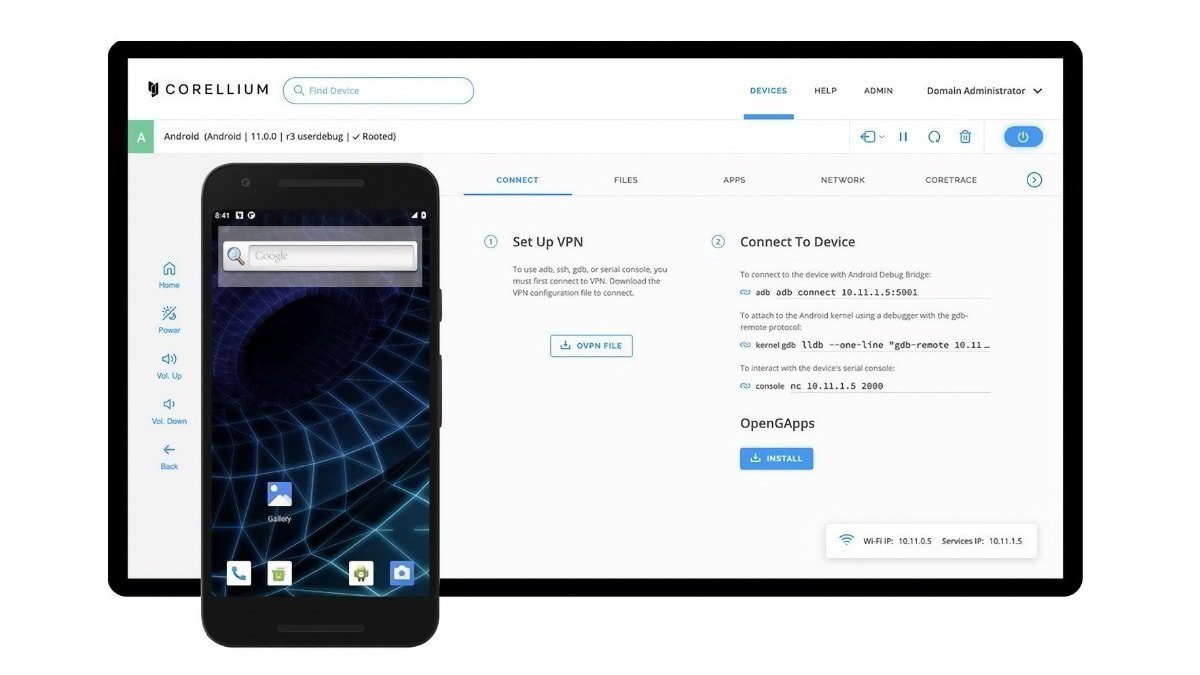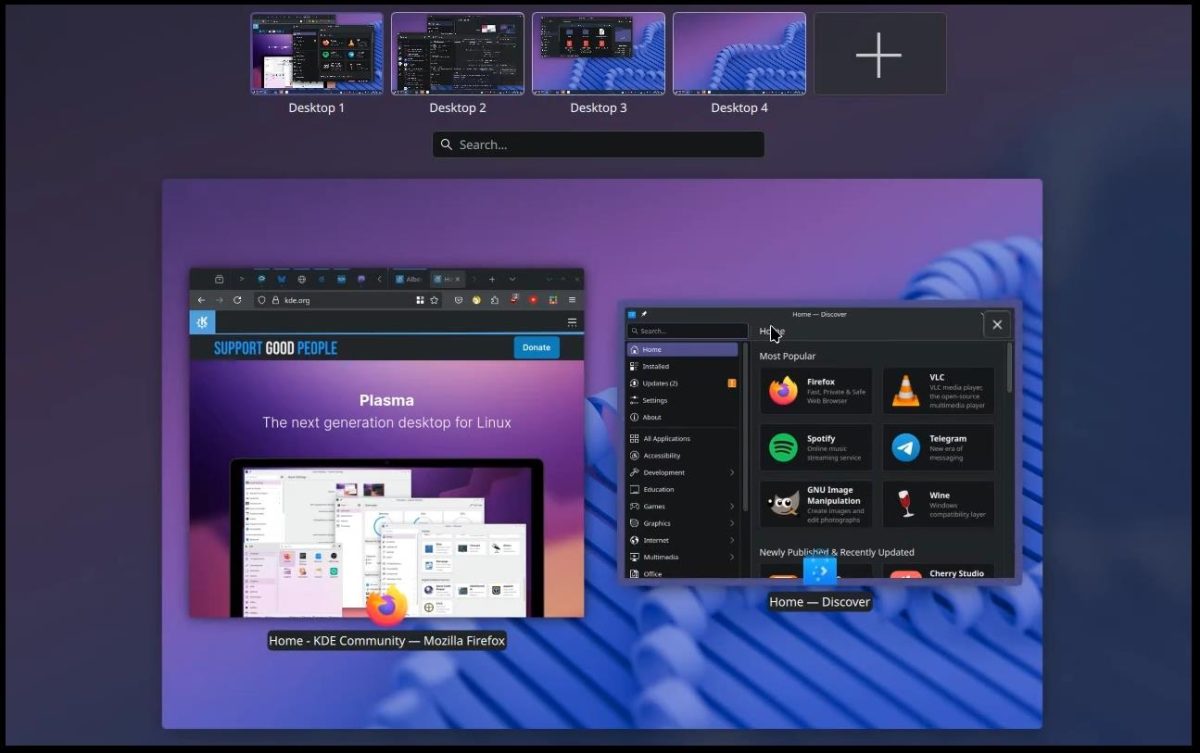New Phishing Attack that Hides Malicious Link from Outlook Users
A sophisticated phishing technique that exploits Microsoft Outlook‘s HTML rendering capabilities to hide malicious links from corporate security systems while maintaining their effectiveness against end users. The attack leverages conditional HTML statements to display different content depending on whether the email is viewed in Outlook or alternative email clients, allowing threat actors to bypass security […] The post New Phishing Attack that Hides Malicious Link from Outlook Users appeared first on Cyber Security News.

A sophisticated phishing technique that exploits Microsoft Outlook‘s HTML rendering capabilities to hide malicious links from corporate security systems while maintaining their effectiveness against end users.
The attack leverages conditional HTML statements to display different content depending on whether the email is viewed in Outlook or alternative email clients, allowing threat actors to bypass security scanning mechanisms commonly deployed in enterprise environments.
HTML Conditional Phishing Attack
Sans Tech reports that the phishing campaign utilizes HTML conditional statements specifically designed for Microsoft Office applications.
These statements, and , were originally created to ensure proper email formatting across different clients but have now been weaponized by cybercriminals.
When an email containing these conditional statements is opened in Microsoft Outlook, the MSO (Microsoft Office) conditional code executes, displaying benign content that appears legitimate to both users and automated security systems.
The technique works by creating two distinct code paths within a single email message. The first path targets Outlook users with legitimate-appearing links, while the second path directs users of other email clients to credential-harvesting websites.
This dual-functionality approach allows attackers to maintain the appearance of legitimacy when emails are processed by corporate security infrastructure, which predominantly relies on Outlook-based scanning mechanisms.
Security analysts have observed this technique being employed primarily against financial institutions, with attackers crafting emails that appear to originate from major banks requesting account verification.
The sophisticated nature of these attacks suggests they are the work of experienced threat actors who understand the technical nuances of email client rendering engines and corporate security architectures.
The malicious implementation involves embedding conditional HTML blocks that execute different hyperlink destinations based on the email client’s identification. The code structure follows this pattern:
This code structure ensures that Outlook users see references to legitimate banking domains, while users of Apple Mail, Thunderbird, Gmail web interface, and other non-Outlook clients are redirected to attacker-controlled infrastructure.
The conditional statements effectively create a bifurcated attack vector that adapts its behavior based on the target environment.
The MSO conditional statements leverage Internet Explorer’s conditional comment syntax, which Microsoft Outlook inherited due to its historical reliance on IE’s rendering engine.
While Microsoft has modernized Outlook’s rendering capabilities, these legacy conditional statements remain functional for backward compatibility, creating an exploitable attack surface that threat actors can abuse.
Defense Strategies
The discovery of this technique highlights significant weaknesses in enterprise email security architectures.
Most corporate security solutions scan emails using Outlook-compatible engines, meaning they only process the benign conditional branch and fail to detect the malicious alternative pathway.
This creates a false sense of security where automated systems report clean email while actual threats remain embedded within messages.
Enterprise security teams should implement multi-engine email scanning that tests email content across different client renderings to identify client-side attacks.
Additionally, organizations should deploy URL reputation checking that examines all embedded links regardless of conditional statements, and implement user education programs that emphasize verification of sender authenticity through independent channels.
Network administrators should also consider implementing DNS-level blocking of known malicious domains and deploying sandboxing solutions that can execute email content in multiple client environments simultaneously.
While this phishing technique has been documented since 2019, its recent emergence in active campaigns suggests that threat actors are increasingly sophisticated in their understanding of enterprise security architectures and email client vulnerabilities.
Speed up and enrich threat investigations with Threat Intelligence Lookup! -> 50 trial search requests
The post New Phishing Attack that Hides Malicious Link from Outlook Users appeared first on Cyber Security News.














































































































































































![[The AI Show Episode 151]: Anthropic CEO: AI Will Destroy 50% of Entry-Level Jobs, Veo 3’s Scary Lifelike Videos, Meta Aims to Fully Automate Ads & Perplexity’s Burning Cash](https://www.marketingaiinstitute.com/hubfs/ep%20151%20cover.png)

























































































































![[DEALS] FileJump 2TB Cloud Storage: Lifetime Subscription (85% off) & Other Deals Up To 98% Off – Offers End Soon!](https://www.javacodegeeks.com/wp-content/uploads/2012/12/jcg-logo.jpg)



![From electrical engineering student to CTO with Hitesh Choudhary [Podcast #175]](https://cdn.hashnode.com/res/hashnode/image/upload/v1749158756824/3996a2ad-53e5-4a8f-ab97-2c77a6f66ba3.png?#)


























































































































































































































































![Apple Shares Official Trailer for 'The Wild Ones' [Video]](https://www.iclarified.com/images/news/97515/97515/97515-640.jpg)









































































